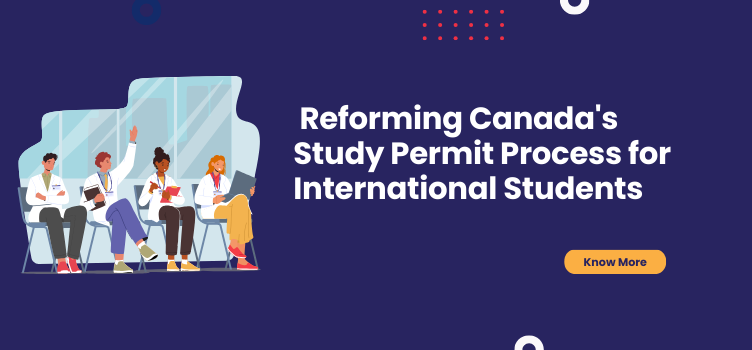In 2023, many international students transitioned to permanent residence.
Transition to Permanent Residency (PR):
- 20,580 former study permit holders moved to PR in the first three quarters of 2023.
- This is an increase from 19,735 in 2022.
Significant Growth Trend:
- Over the last four years, there has been a substantial increase in international students obtaining PR in Canada.
- The latest data indicates a 78% surge compared to 2019.
Preferred Provinces for Permanent Residency:
- Ontario is the top choice, with 35% of former students opting to stay permanently.
- Other popular destinations include British Columbia (21%), Quebec (12%), and Alberta (9%).
Canada’s Education Plan and Stable Residency by 2026
Global Affairs Canada aims to enhance the diversity of study locations for international students in the next phase of Canada’s education strategy, anticipating a more equitable distribution of the economic impact. This strategy shift aligns with Canada’s 2026 plan to stabilize permanent residency levels at 500,000, a departure from years of continuous immigration growth, while maintaining increased levels in 2024 and 2025 at 485,000 and 500,000, respectively. The goal is to create a balanced and sustainable approach to immigration.
Addressing Growth and Student Residency Challenges
Canada’s new policy tackles population growth challenges but raises concerns as international students, though a minority, face low chances of transitioning to permanent residency, despite record numbers granted last year.
Most international students in Canada want to become permanent residents, but only a few achieve this status. Jenny Francis from Langara College points out that available pathways may create false expectations. This highlights the need for a closer look at the challenges faced by international students aiming for permanent residency in Canada.

Miller’s Reviews: Pathways for International Students’ Residency
- Minister Marc Miller emphasized that being an international student doesn’t guarantee Canadian permanent residence or citizenship.
- Concerns were raised about “unscrupulous agents” creating false hopes with limited pathways to permanent residency.
- Jenny Francis urged agents and colleges to clarify that studying in Canada offers a chance, not a guaranteed path, to permanent residency.
- Miller committed to opening clearer paths for permanent residency and changing the post-graduate work permit scheme.
- Details of these changes are pending.
- Miller stressed that people often come to Canada not just to study but with the desire to stay.
- Aligned pathways are needed for students to secure jobs and move towards permanent residency.
- The Canadian Bureau for International Education proposed a “special stream” for international students within the immigration system to ease access to permanent residency.
Get in touch with SPS Canada
Receive professional advice on any of your questions regarding Canadian immigration. get in touch with us, experienced immigration consultants from SPS Canada. For additional information, contact support@spscanada.com (Canada) or support.amd@spscanada.com
(Ahmedabad), or by phone at (1) 905-362-9393 (Canada) or +919586226232 (Ahmedabad).

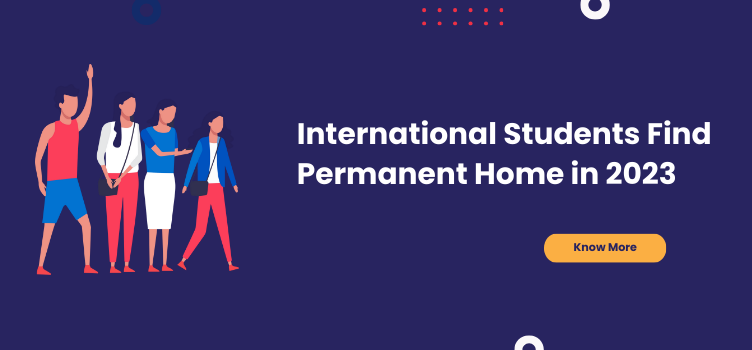


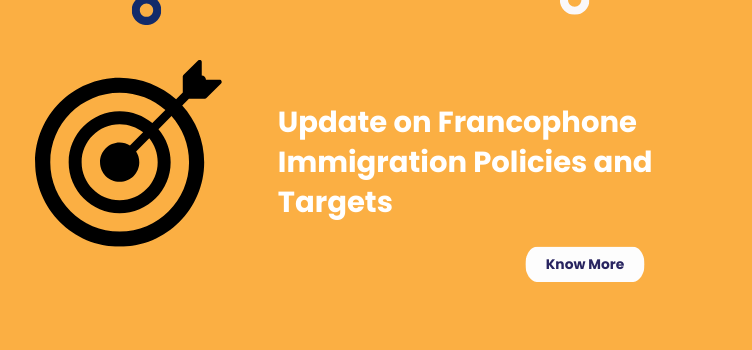
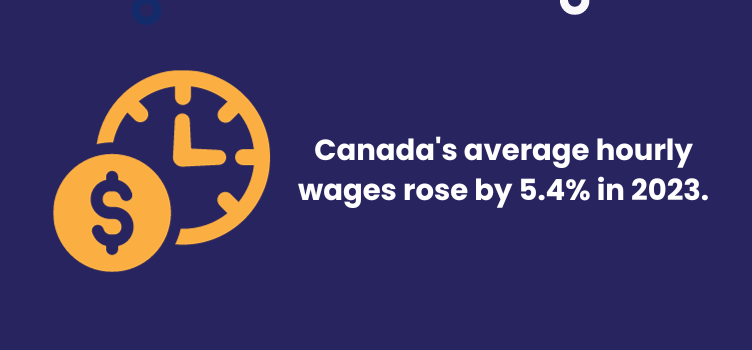

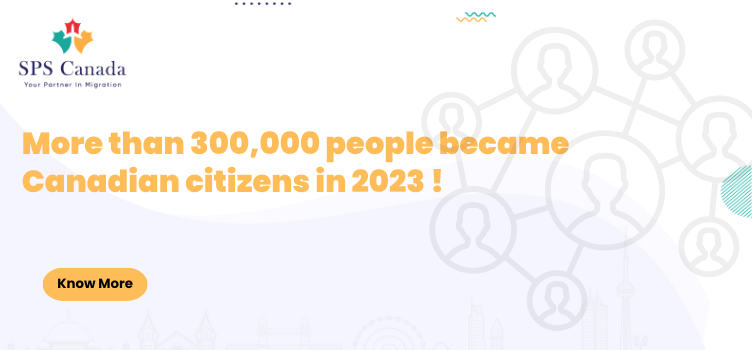



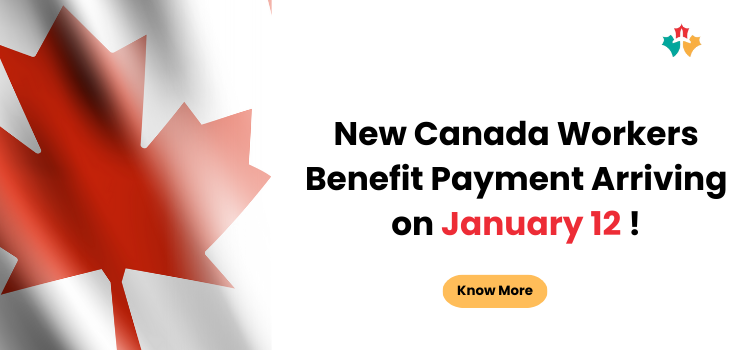

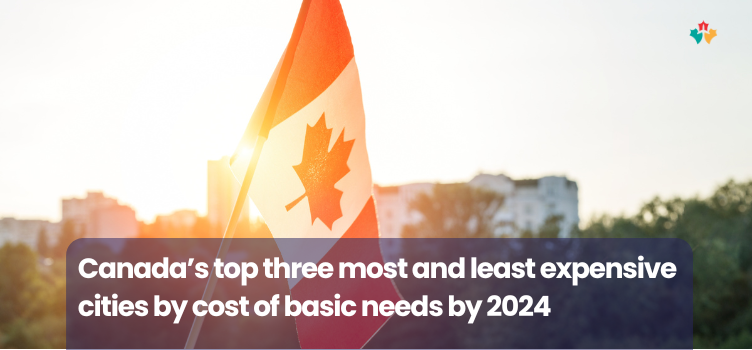
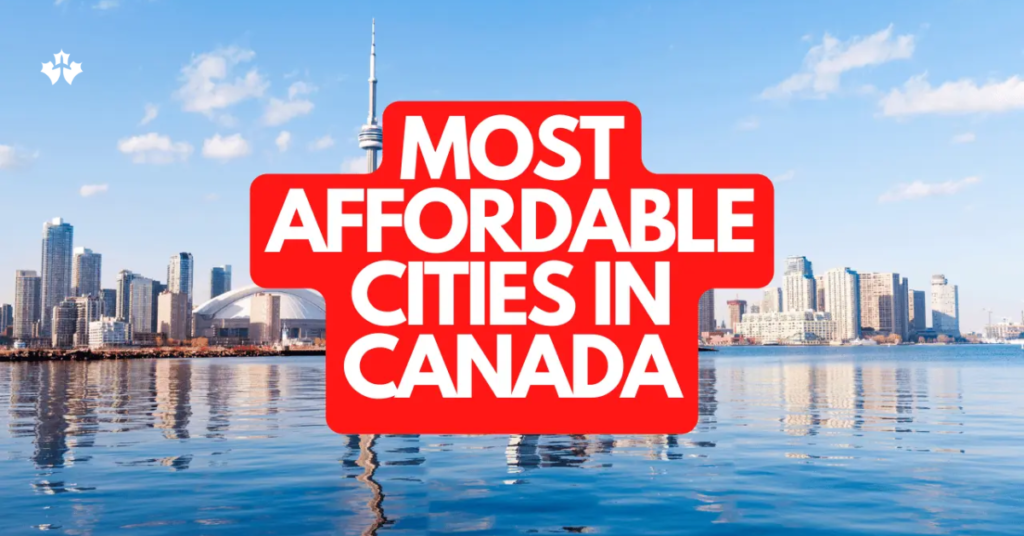
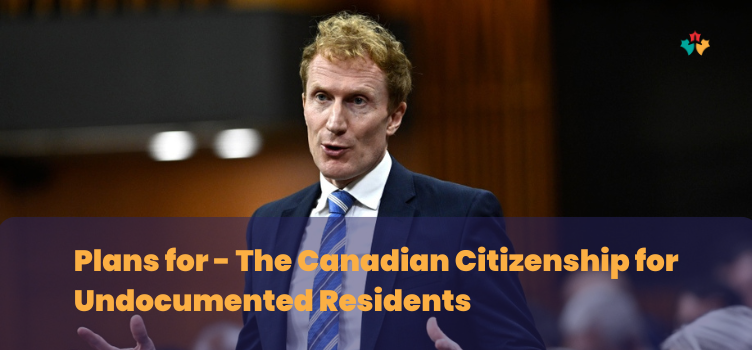
/cloudfront-us-east-1.images.arcpublishing.com/tgam/FHEVSUOYPBG3LECK5QIKZHU6VQ.jpg)
